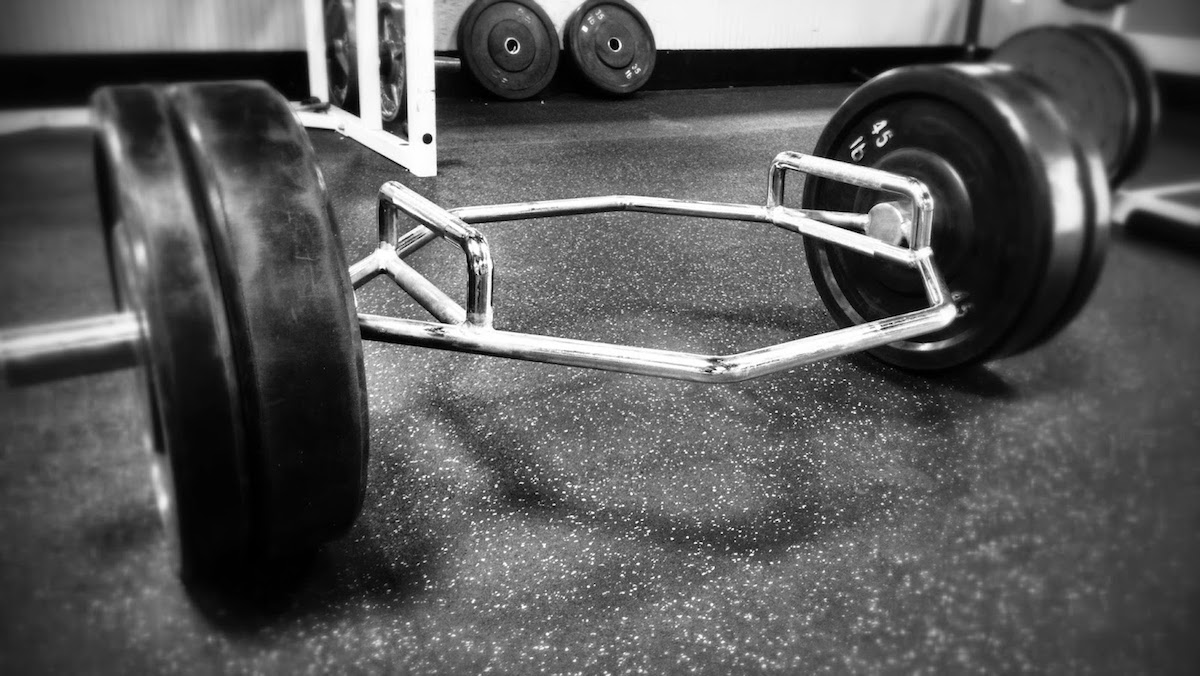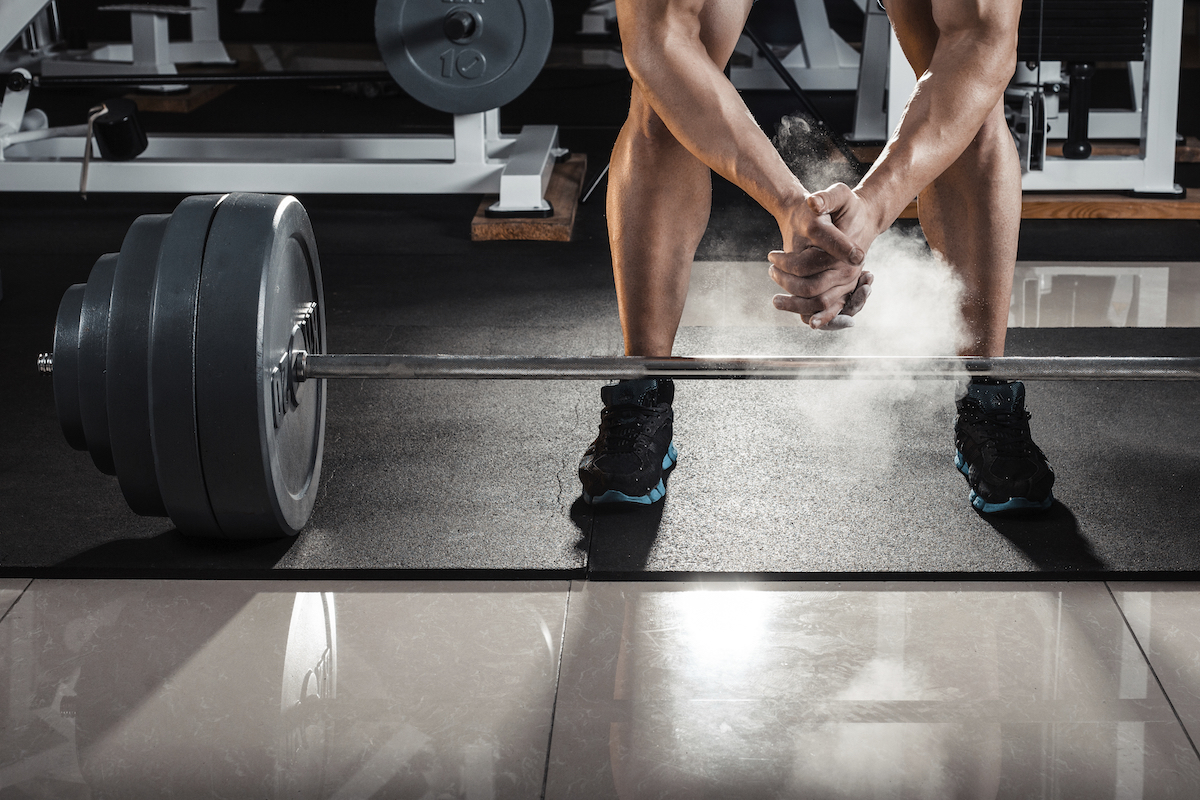In our last four posts ((http://www.cissik.com/blog/2017/01/power-development-part-i-foundations/ , http://www.cissik.com/blog/2017/02/power-development-part-ii-cautions/ , and http://www.cissik.com/blog/?p=1723&preview=true , http://www.cissik.com/blog/2017/03/power-development-part-iv-tools-and-strategies/ ) we covered background information behind training for power, cautions with it, principles behind program design, and some of the tools involved in power training. With this post we’ll cover more of the tools and strategies that are used in power training.
This post is going to cover:
- Power lifting
- Complex training
- Contrast training
Power lifting:
The squat, bench press, and deadlift are used to develop strength and power. Between the three lifts the entire body is trained. The squat and deadlift involve exerting force against the ground, extension of the knee and hip, and most of the muscles of the body. The potential to become really strong can be an important aspect of improving power. There’s also one more important benefit from these lifts, they are easy to teach and learn. This means that more time can be spent actually training on these lifts, as opposed to time spent learning them.
Now, on the other side classic studies by Garhammer show that the power output and velocities that these lifts are performed at don’t compare well to the Olympic-style lifts. It’s unclear how important this is, though, for sports performance. I’m not aware of any studies definitively establishing that one mode of training is better than another in terms of increasing athletic power.
For me, the major drawback with these three lifts is the injury potential. I don’t see the squat, bench press, or deadlift as any more or less dangerous than other exercises. The challenge lies in the fact that at some point we all suffer from diminishing returns with this type of training as we get closer to our genetic peaks. At that point we have to carefully consider whether the return of adding a few more pounds to the lift is worth the increased injury potential.
Complex training:
Complex training, which is also known as post activation potentiation (PAP), has been around a long time. I first heard about this in the 80’s from old Soviet Sports Review articles. It has undergone face lifts in the last 30 years, but the concept has been around for a long time. The idea is to pair a slow heavy strength exercise with an explosive one. The athlete would perform a set of the slow strength exercise then follow it with a set form the explosive one. For example; squats and vertical jumps. Or front squats and jerks. Etc.
The thinking is that the slow strength exercise (performed with 85% of 1-RM or above) will maximally recruit the nervous system. Then the explosive exercise will take advantage of that. The long term benefit is increased power. Today there is also thinking that this may have an acute effect. In other words, if it is used prior to an athletic competition then it may increase power output for that competition.
Research on this has been very mixed. It does not appear to be a smoking gun for increasing performance or improving power output. There is some evidence that this type of training may be more effective for stronger athletes. But, for other athletes it doesn’t appear to be harmful either.
I like to use this training approach for in-season training of athletes. It maintains the athlete’s strength and power, it also makes a great use of the athlete’s limited in-season training time by combining the exercises like this.
Contrast training:
Contrast training is also an attempt to both recruit the nervous system and then take advantage of it. This is done by alternating between two sets of an exercise. The first set is done with heavy weights (85% of 1-RM plus) and the second is done with lighter weights (~60%). The idea being that the heavy weights maximally recruit the nervous system and the lighter weights allow the athlete to practice taking advantage of it. Sort of like doing resisted sprints and then sprinting without resistance after.
This idea has also been around for awhile. Unlike complex training, I’m not aware of any research on this one. Again, I think this is a great in-season training tool in that it makes good use of the athlete’s limited training time.
The last post in this series will present some sample programs.



